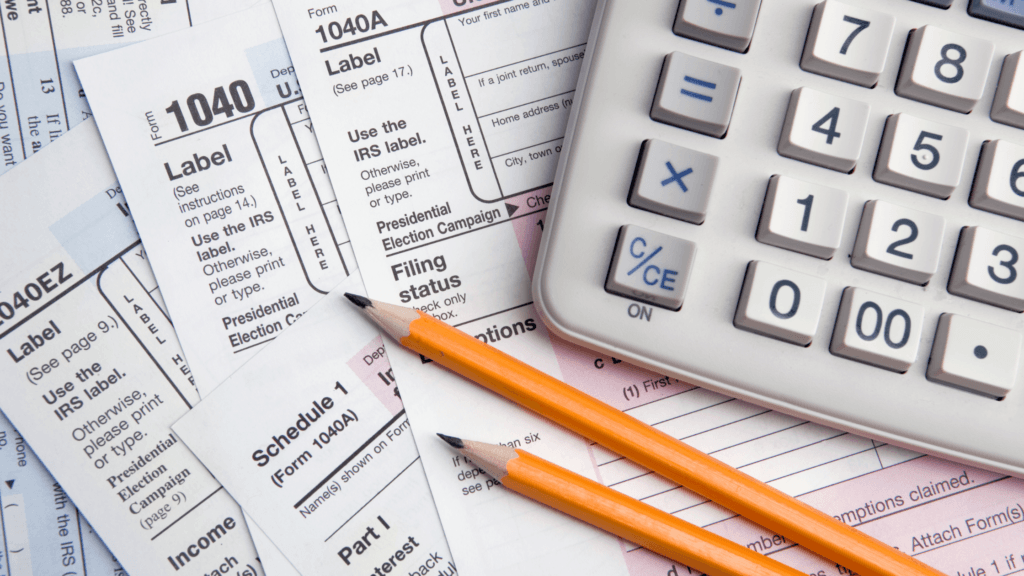It’s hard to believe we’re walking into the back-end of the year, and we want families to start thinking about how they can reduce their overall taxes. The way most of us operate is we get to the end of the year & we start scrambling, asking “What are the last-minute things I can do to maybe reduce my tax bill come April 15th?” And a big part of this that I’m going to discuss today, this can be managed so easily and so powerfully in retirement.
How You Can Manage Taxes Easily and Powerfully in Retirement (01:36)
- Retirement offers more time and options for tax management compared to working years.
- Discussing successful tax-saving strategies and planning used at REAP Financial.
- Emphasizing the importance of maxing out retirement accounts, such as IRAs, Health Savings Accounts (HSAs), and 401(k)s.
- Considering tax brackets when deciding between traditional and Roth contributions.
Maximize IRA Contributions (02:37)
- Encouraging families to maximize their contributions to IRAs, especially for those over 50.
- Highlighting the tax deductions or non-reportable income benefits of IRA contributions.
- Discussing the advantages of Health Savings Accounts (HSAs) and their contribution limits for families over 50.
- Emphasizing the potential tax benefits of contributing to a 401(k) and the impact on taxable income.
Secure Act 2.0 and Catch-up Contributions (04:37)
- Explaining the provisions of Secure Act 2.0 and its potential impact on catch-up contributions.
- Addressing changes related to catch-up contributions for high earners and the introduction of Roth 401(k) options.
- Encouraging individuals to consider Roth contributions as part of their retirement planning.
Call from Jeff About Secure Act 2.0 New Rule (05:41)
- Responding to a caller’s question about catch-up contributions and clarifying the difference between Roth IRAs and Roth 401(k)s.
- Explaining that employer contributions to retirement accounts are separate from personal contributions.
Utilize a Donor-Advised Fund (12:52)
- Discussing the importance of charitable deductions and the impact of the standard deduction on tax benefits.
- Introducing donor-advised funds as a way to bundle charitable donations and maximize deductions.
- Exploring the flexibility and tax advantages of donor-advised funds for charitable giving.
Using RMDs As Charitable Contributions (Those Over 70 Years-Old) (16:47)
- Advising individuals over 70 to consider using their required minimum distributions (RMDs) for charitable contributions.
- Highlighting the tax benefits of directly donating RMDs to charities, reducing taxable income.
- Emphasizing the advantages of keeping income off the tax return.
A Call From Charlie About Low Tax Rates (18:59)
- Addressing concerns about potential future tax increases and their impact on retirement lifestyles.
- Discussing the importance of planning for taxes in retirement and the advantages of tax diversification.
- Advising individuals to consider the potential long-term benefits of paying taxes today at historically low rates.
In 2022 Only 16% of Americans Took Advantage of 401(k) Catch-up Contributions (25:22)
- Highlighting the low utilization of catch-up contributions in 401(k) accounts.
- Encouraging individuals to proactively manage their retirement savings and contributions.
- Emphasizing the importance of tax-efficient retirement income planning.
Can FedNow Affect Your Retirement Money? (30:28)
- Addressing concerns about the introduction of digital currency, including FedNow.
- Discussing potential security, privacy, and devaluation issues associated with digital currency.
- Advising caution and monitoring developments in the digital currency space.
What’s the Best Way to Minimize Tax Implications for RMDs? (34:04)
- Providing strategies to minimize tax implications of required minimum distributions (RMDs).
- Suggesting charitable giving and other tax reduction strategies to lower taxable income in retirement.
- Emphasizing the benefits of planning for RMDs and exploring tax-efficient strategies.
Conclusion (41:14)
- Reinforcing the importance of cutting taxes as a means to boost investment returns in retirement.
- Advising individuals to consider how they are invested and their long-term tax implications.
- Encouraging proactive tax planning and consulting with tax professionals to optimize retirement savings.





